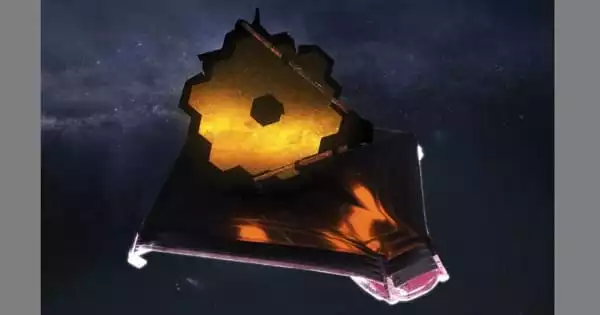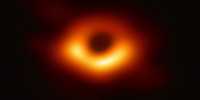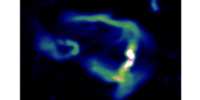The largest and most complicated space telescope ever built has fully deployed its tennis court-sized sunshield, ensuring it the cool zone required to function at infrared wavelengths, like a flower unfurling. The procedure took a day longer than expected, but after a 14-year wait to get started, it seems insignificant, and the operational team can now focus on the next step of mirror deployment.
The only thing standing between the massive telescope and its initial observations will be a boost into its final orbit…and months of performance tuning. Since the JWST was originally approved twenty-five years ago, and despite several setbacks, trust is building.
Listen in as @NASAWebb specialists provide an update on the 5-layer, tennis-court-size sunshield that successfully deployed in orbit today: On the telescope’s path to #UnfoldTheUniverse, 75% of 344 possible single-point failures are now behind us. January 4, 2022 — NASA (@NASA), The JWST stretched the maximum size that could transport aboard an Ariane 5 rocket, with a mirror seven times the size of Hubble’s. Future telescopes might clipped together from components sent up separately, but the JWST’s projected orbit near the Lagrange 2 point of the Earth-Sun system made this impractical with existing technology.
As a result, the JWST had to be packed tightly, with its 22-meter (70-foot) shields and mirrors opening up only safely above the Earth’s atmosphere, as well as a space between the shields and the primary telescope to avoid heat transmission. The multi-stage sunshield deployment method had been flagged as a particularly dangerous aspect of the operation prior to launch.
Humans will not be able to fix JWST after it is in place, far further away than Hubble is, so everything has to operate precisely the first time. One of the reasons the launch was repeatedly postponed was the need to ensure that the sunshield would open. It took a week to complete the deployment. If 400 pulleys, 139 release mechanisms, 90 cables, 70 hinges, and eight deployment motors seem excessive, consider that they all had to work with next to no margin for mistake.
It is a greater job than herding all those lords-a-leaping and partridges on pear trees since it did in the 12 days of Christmas. The entire deployment of the sunshield was postponed for a day to ensure that the motors that would apply the proper strain to the wires were at the proper temperature. All of that is now behind us, with NASA proclaiming the mission’s success.
Despite the fact that the mirrors must also be unfolded, starting with the secondary, NASA’s Associate Administrator for the Science Mission Directorate, Dr. Thomas Zurbuchen, called the sunshield the JWST’s “most challenging deployment” and its success “an incredible testament to human ingenuity and engineering skill that will enable Webb to accomplish its science goals.” Even if the JWST is successfully placed into its orbit – which expected in 18 days – observations cannot begin right away. Instead, the telescope will have to continuously cooling as the shields prevent fresh heat from the Sun and it radiates what it already has.
The optics must then be aligned (ask any owner of a backyard telescope) and the equipment calibrated. It is a good thing the telescope’s projected operating life has increased to ten years because this might take another five months before proper observations begin.














